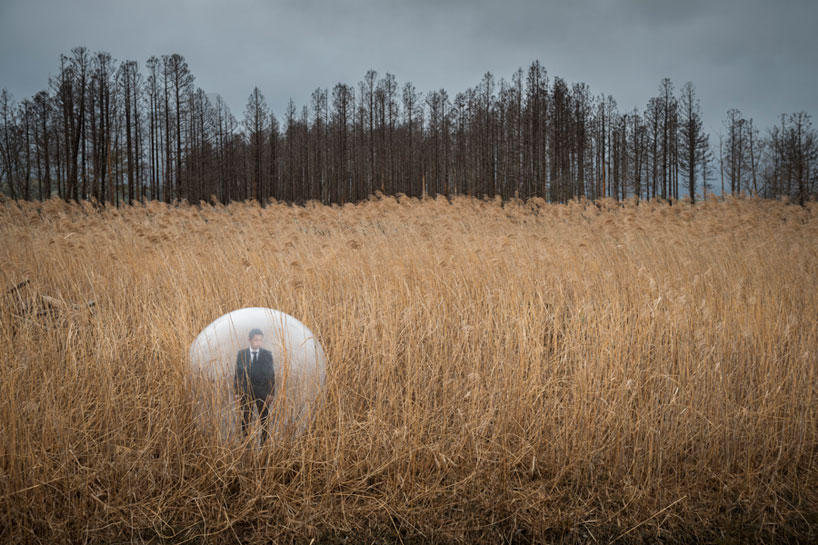GUILLAUME BRESSION & CARLOS AYESTA – Artist Reference
Since the tsunami and the nuclear catastrophe of March 2011, Carlos Ayesta and Guillaume Bression have made regular visits to the region of Fukushima, Japan, and especially to the “no man’s land” around the stricken power station. Achieved from their numerous visits is a six series of strongly aesthetic photographs which mix posed situations with a documentary approach. Their photos stimulate thought at the consequences of a nuclear accident on such a scale which connect with the audience on an emotional level.
Carlos Ayesta and Guillaume Bression have been working together since 2009. Their work has been exhibited in many festivals and institutions. Through their photographic approach, they have the ambition to show social issues, but always with a contemporary questioning of the image, thanks to the staging in the broad sense, they wish to show other facets of real life.
To me, their work has a strong purpose to show the world how we as humans are destroying our earth. It focuses on the destruction of buildings and how demonstrates how once used facilities have been left to decay and rot. I beleive their images are aesthetically pleasing however the actual concepts displayed are visually disturbing as it they create a realization of how our earth is in decline.


Analysis

Responding to the devastating earthquake, tsunami, and nuclear disaster at the fukushima daiichi power plant which contaminated parts of japan in 2011, the french photographers have photographed a series that interprets the tragedy from the perspective of both the inhabitants and landscape. By traveling to these areas, the artists were able to react to the landscape, incorporating surreal dramatizations into the environment through the use of transparent props like bubbles and films. These clear elements symbolize the idea of contamination, acknowledging a problem currently facing residents of these devastated areas: what is safe and what is still polluted? the limits are increasingly more blurry, instilling a widespread sense of fear and uncertainty.
Personally, I believe this photo is visually pleasing due to the composition, contrasting colors and lighting which directs the viewer across the whole photo. The composition meets the rule of thirds which makes the photo easy to view and understand. The main focal point of the photo is the isolated man within the bubble and he is positioned on the bottom left hand point when talking about the rule of thirds. In addition, the photograph is split into thirds with the fields taking up two thirds of the photograph and the sky and trees taking up the final third. This rule helps draw the viewer’s eye into the composition, instead of just glancing at the center.
I believe the fields act as a leading line towards the deeper parts of the photo with the forest. The forest consists of very tall trees which illuminate the isolation of the small man towards the front of the photo. The trees could be seen as a metaphor looking down on the man, intimidating him which is a reference to the harsh climate there also. The bubble is effective in conveying the conceptual ideas behind the photograph. This is because it is seen to be protecting him from the pollution and radiation that is active in that area.
